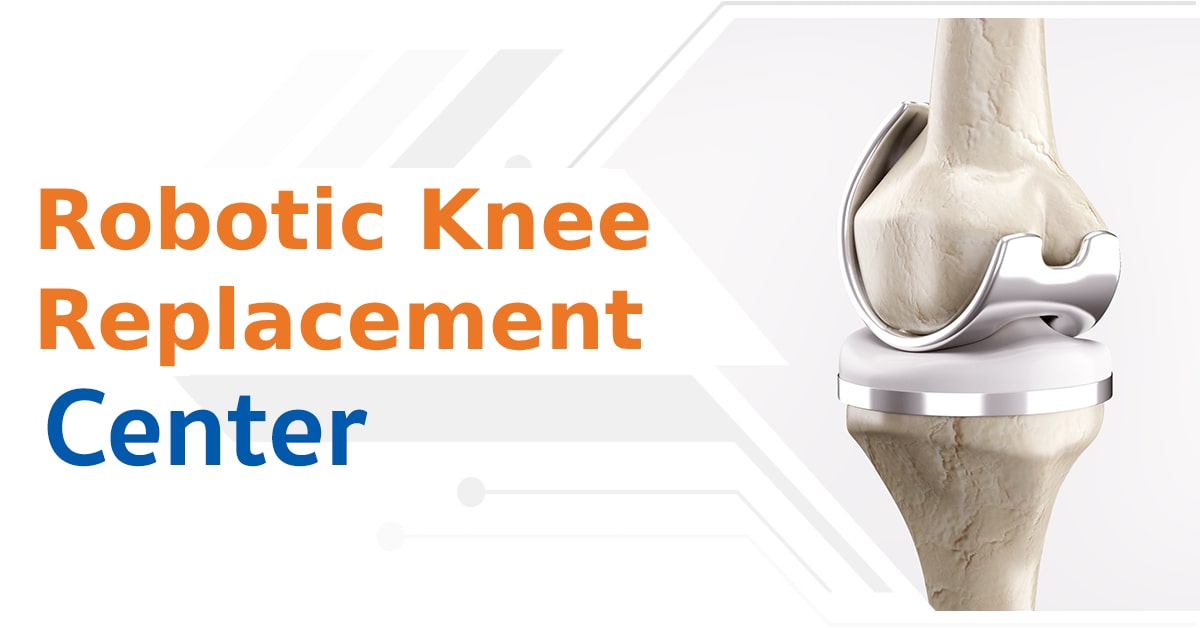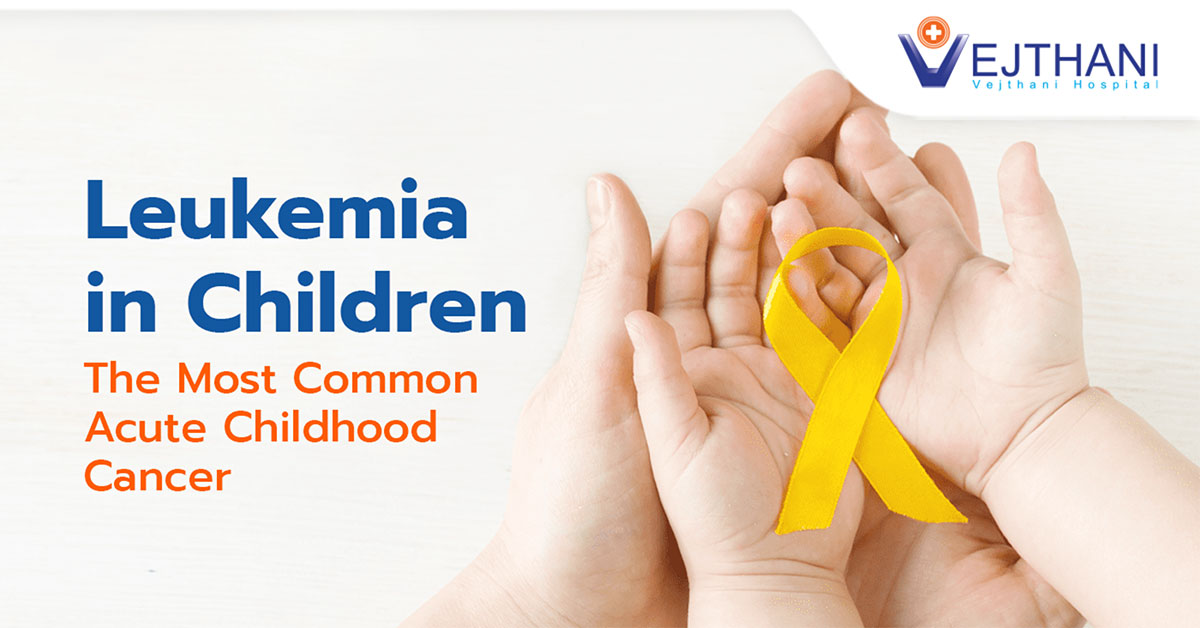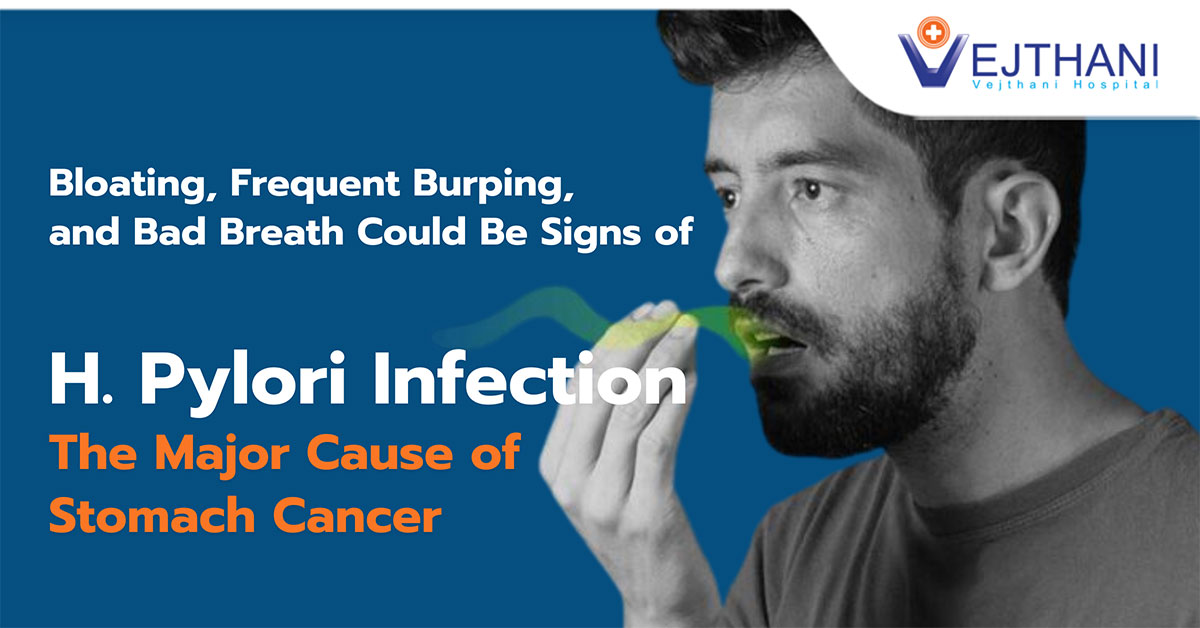
Bedsores
Overview
Bedsores are wounds to the skin and underlying tissue brought on by continuous pressure on the skin, also known as pressure ulcers and decubitus ulcers and mostly appear on the skin covering the bony parts of the body, such as the heels, ankles, hips, and tailbone. The medical problems of those most at risk for developing bedsores prevent them from changing positions or force them to spend the majority of their time in a bed or chair.
Bed sores may take hours or days to form. While most sores recover with therapy, some never fully recover. Bed sores can be prevented and healed with the help of certain measures.
Symptoms
Pressure ulcers or bedsores have the following symptoms:
- Change in skin colors
- Skin loss
- Swelling
- Tenderness
- Warm or cool skin temperature when touched compared to other body parts
- Drainage of pus
Based on the depth, severity, and other factors, bedsores can be categorized into four stages. These stages include:
- Stage 1: Discoloration of the skin stage. In people with lighter skin tones, the skin appears red; in people with darker skin tones, it appears blue or purple. When pressed with a finger, the skin doesn’t blanch (become white).
- Stage 2: Skin surface injury is present at this level. Skin’s outermost layer is lost. It could also resemble a blister. The top layer of skin can now heal by itself.
- Stage 3: There is a deeper wound at this point. Though muscles and bone are not visible, the wound is open and has reached the fatty layer of the skin.
- Stage 4: This is the most serious stage. The bone is directly underneath the wound; and the risk of infection in the muscles and bone is high and can be fatal.
Common sites of pressure ulcers
Bedsores frequently develop on the skin over the following locations in wheelchair users:
- Shoulder blades and spine
- Buttocks or tailbone area
- Backs of arms and legs that has direct contact against the chair
Those who must remain in bed may get bedsores on the:
- Back or sides of the head
- Shoulder blades
- Hip, lower back or tailbone
- Heels, ankles and skin behind the knees
Change your position to release pressure on the area if you see any bedsore warning signals. If you do not see improvement within 24 to 48 hours, contact your doctor.
Causes
Bedsores are injuries caused by prolong pressure on the skin that damages the skin due to the lack of blood flow.
The following are the top three causes of bedsores:
- Pressure. Any region of your body can have its blood flow reduced by constant pressure. For tissues to receive oxygen and other nutrients, blood flow is necessary. Skin and adjacent tissues suffer damage and may even perish without these vital nutrients. This type of pressure usually occurs in locations that lie over a bone and aren’t effectively padded by muscle or fat, such as the spine, tailbone, shoulder blades, hips, heels, and elbows, for persons with limited mobility.
- Friction. When the skin rubs against clothing or bedding, friction is created and may harm people with delicate skin, especially if the skin is moist.
- Shear. When two surfaces move in the opposite directions, shear happens. You can slip down in bed, for instance, when a bed is raised at the head. The skin covering the tailbone may not move as the bone descends, effectively tugging in the opposite direction.
Risk factors
The risk of developing a bedsore is higher if you cannot move or change position by yourself while lying in bed or sitting in a wheelchair. Risk factors consist of:
- Immobility. Patient who are immobility have a higher risk to develop bedsore.
- Incontinence. Prolonged contact to urine and feces makes skin more delicate.
- Impaired sensory perception. Sensation loss can be brought on by spinal cord injury, neurological illnesses, and other conditions so it may be difficult to recognize the warning signs or the need to adjust one’s position.
- Malnutrition. Malnourished patients are more likely to develop bedsores.
- Medical conditions affecting blood flow. Diabetes and vascular disease, two medical conditions that can impair blood flow, might increase the risk of tissue damage like bedsores.




















